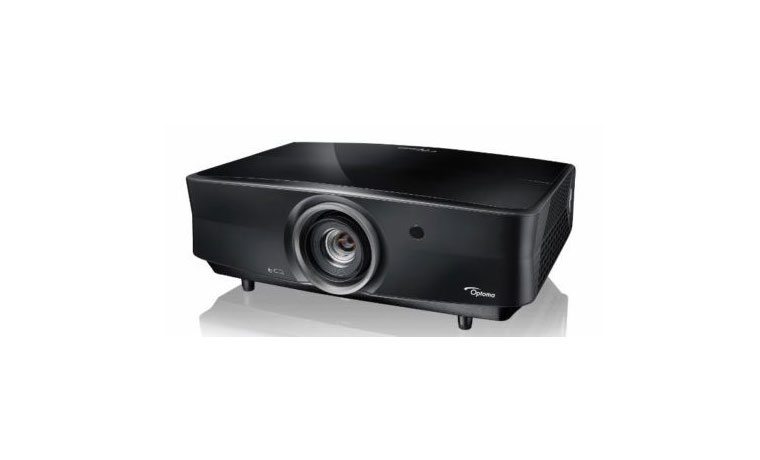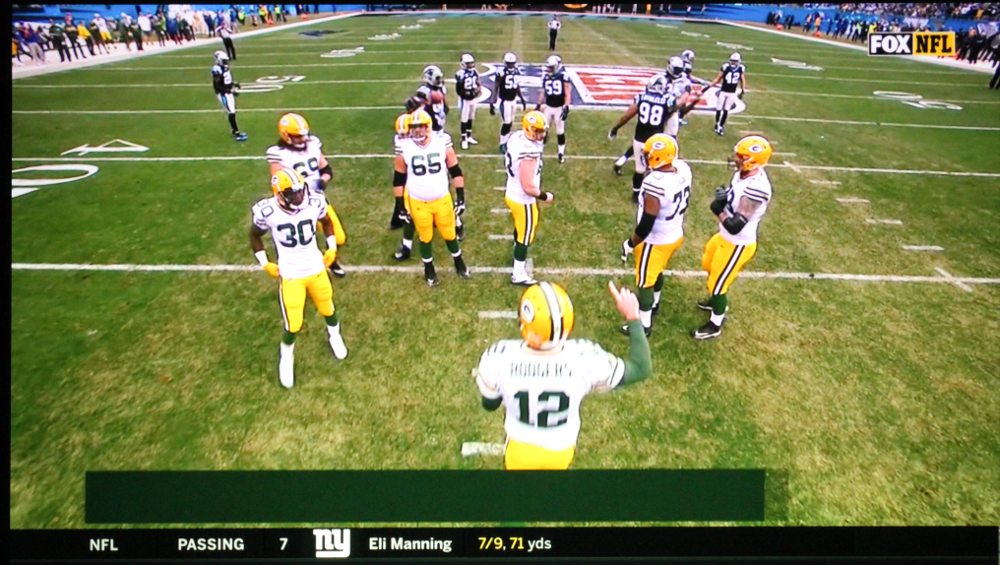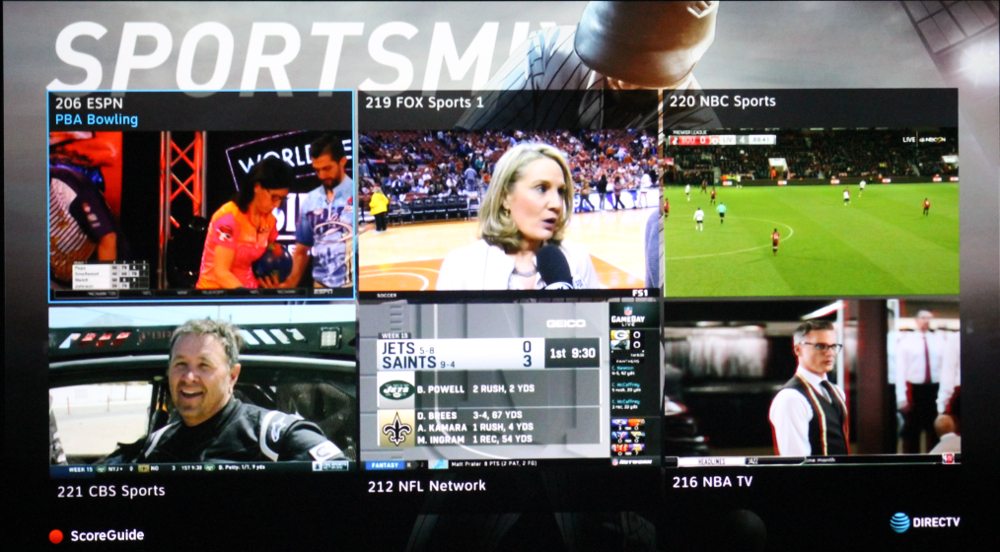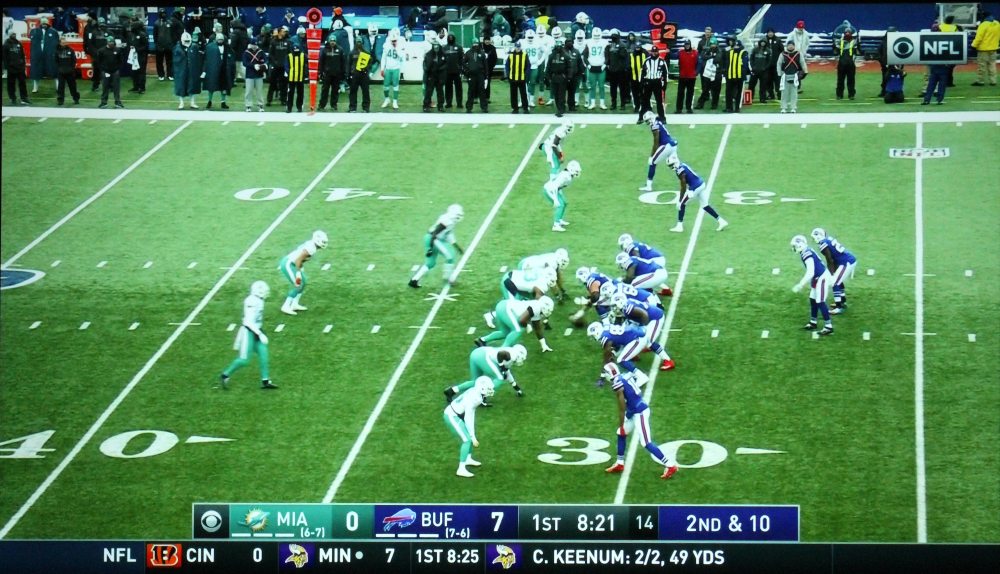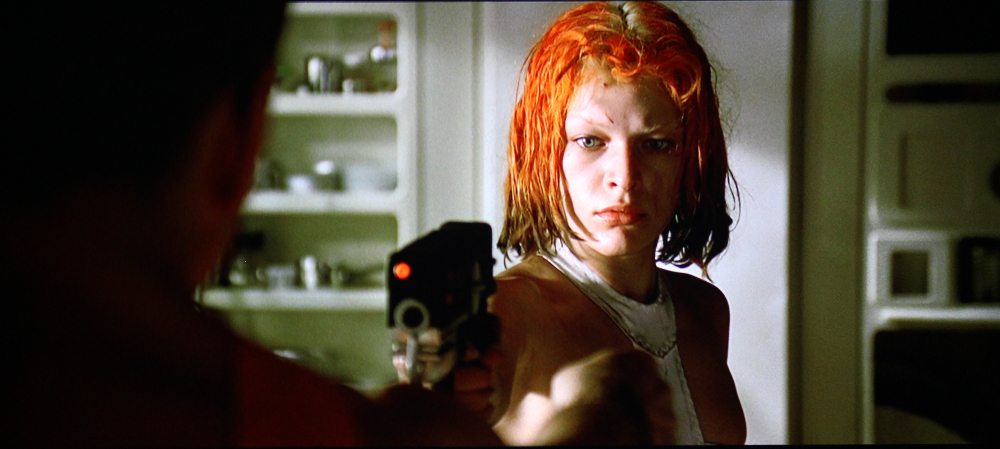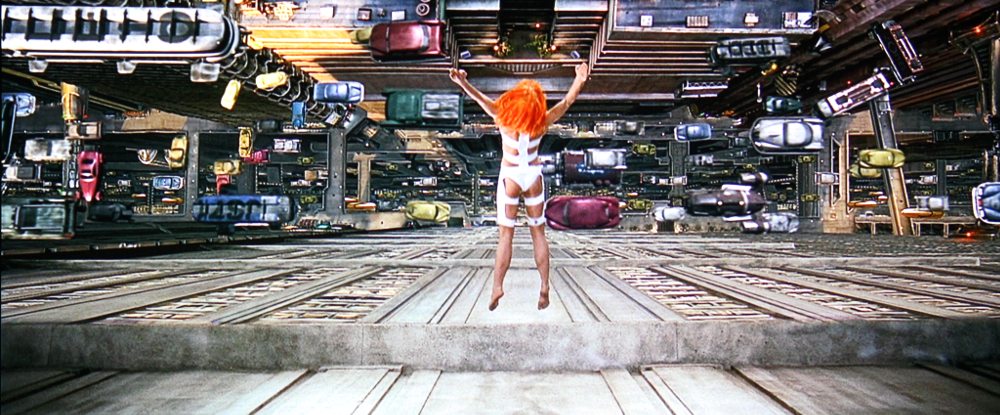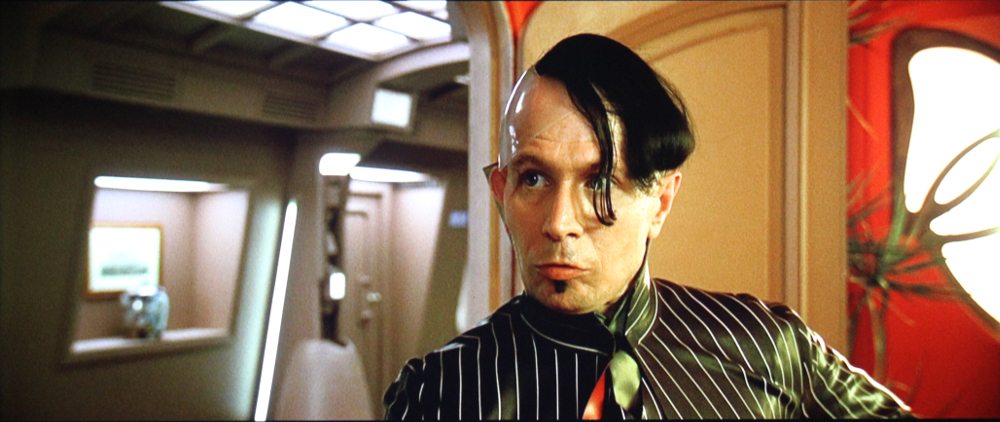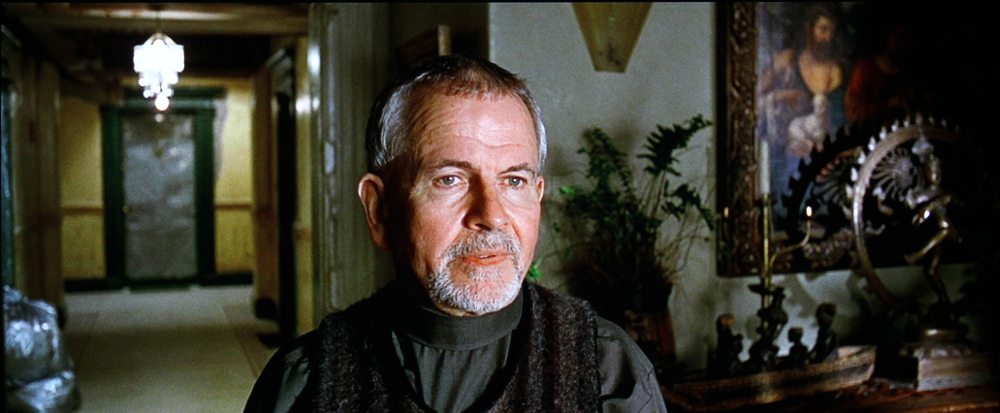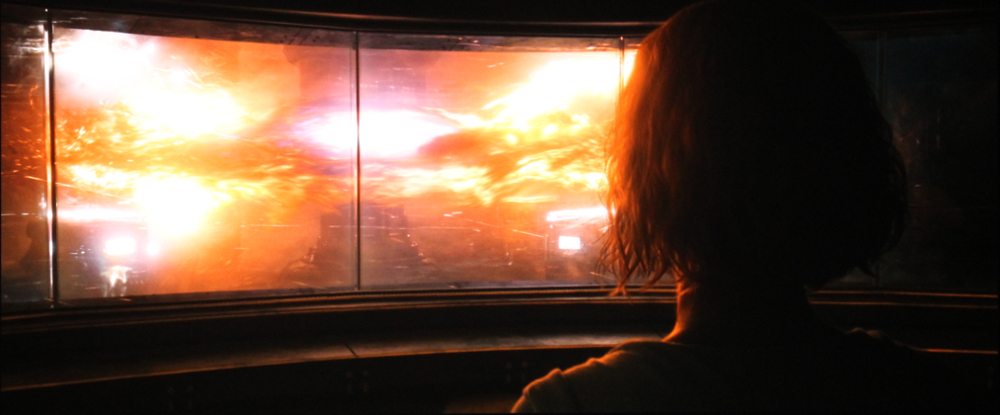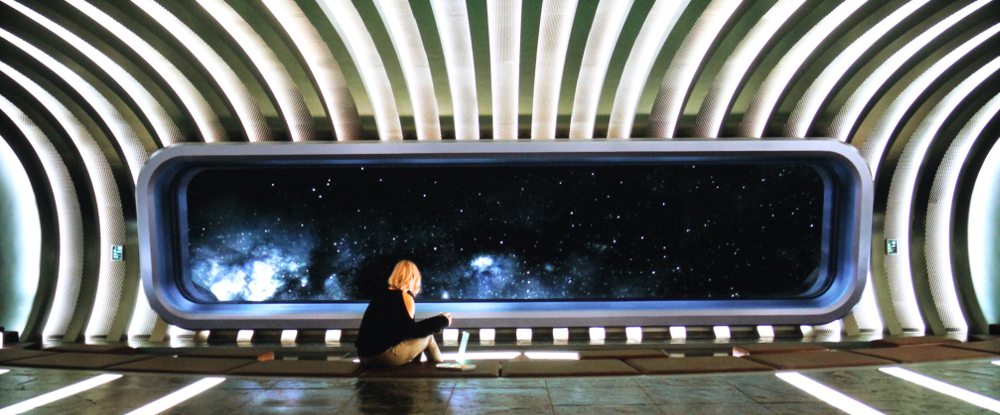While the projector's brightness is certainly not great for a model in this price range, its the use of a laser light engine, instead of a conventional lamp, that it the big selling point of this model. The two attributes that laser light source brings are: lower maintenance as periodic lamp replacements are eliminated; and a more stable picture over time (probably less important for most business/education applications). Optoma's spec. sheet lists the expected life of the laser at 20,000 hours, which is typical for such laser projectors. This can be especially important for business/commercial applications where the projector is to be used in a applications where it is being used for many hours a day.
The UHZ65 supports control and management via a wired network (Ethernet) service and also control via an “old fashioned” RS232 connection. The UHZ65 is compatible with control systems from Crestron, Extron, AMX and computer based management using PJLink software. It can also be controlled from a web browser based interface. So this model will satisfy most business/education needs for control and management of their multi-projector installations.
While the UHZ65 cannot provide the full 4K resolution of a projector using native 4K display chips, it is a step up from what's possible with a 1080p (with or without pixel shifting) model. This means not only that PowerPoint slides can be displayed very sharp, when connected to a PC/Mac capable of outputting in 4K format, but also this projector could be useful for displaying highly detailed technical drawings that can be viewed close up.
When considered as a business or education projector the UHZ65 offers a viable set of features for making it worth consideration in this market segment, especially if the bump up in resolution above 1080p or WUXGA (1920 x 1200) is of benefit.

